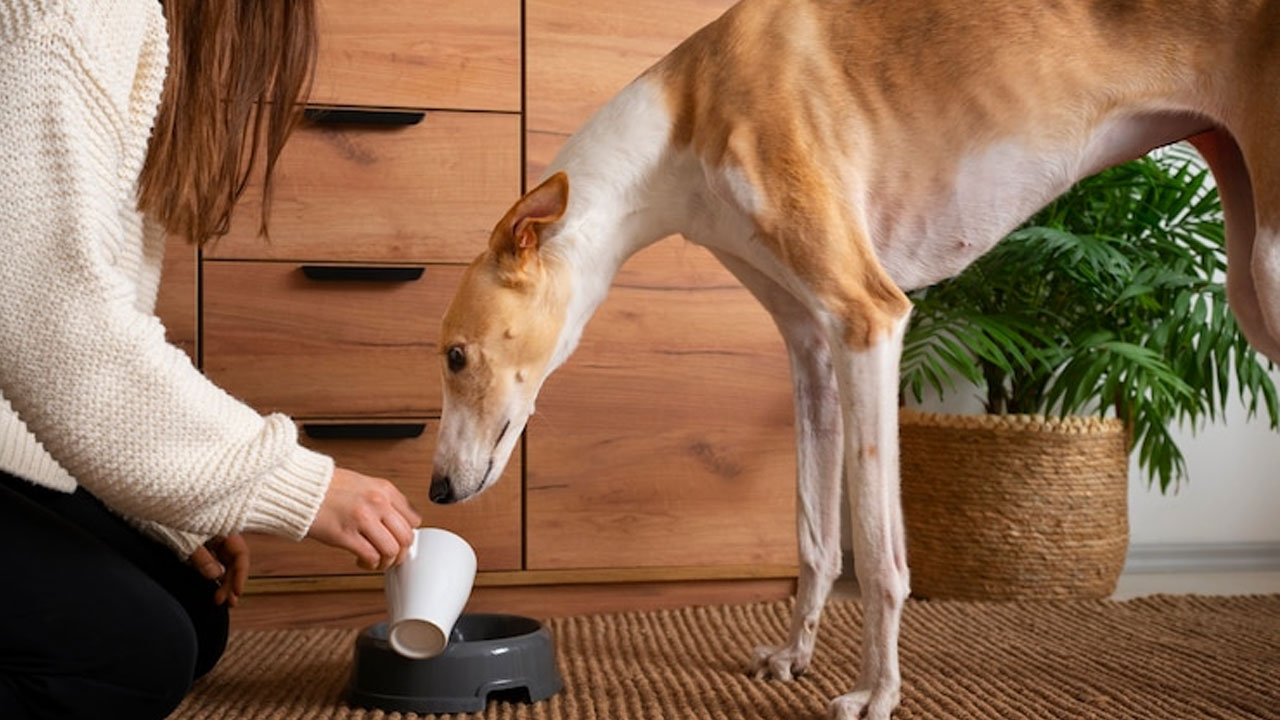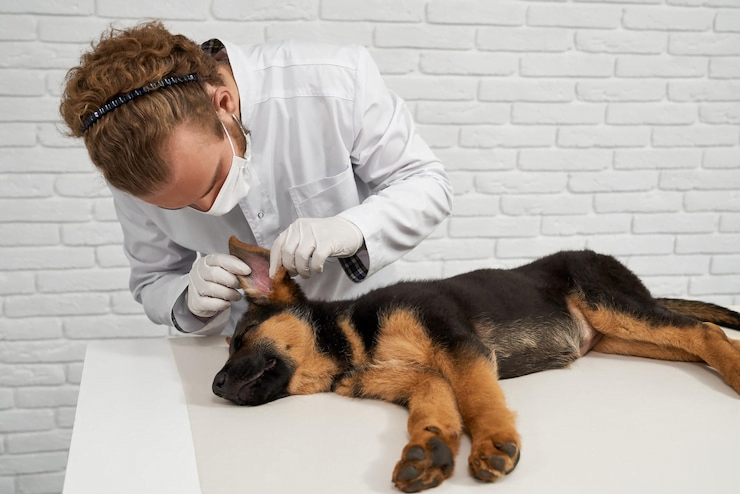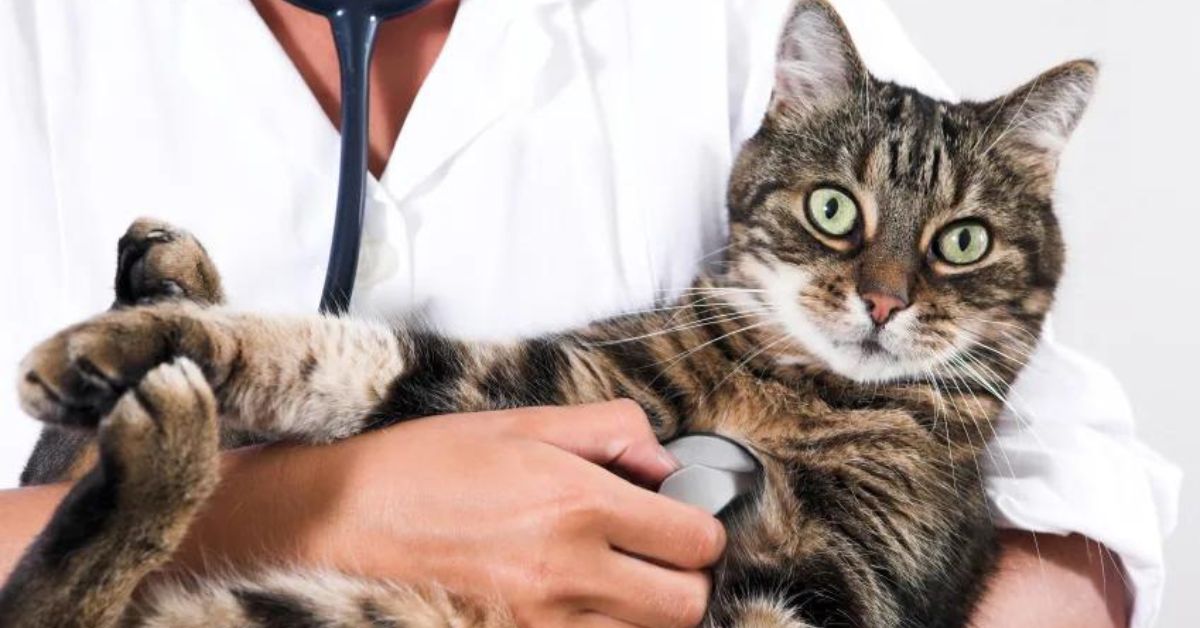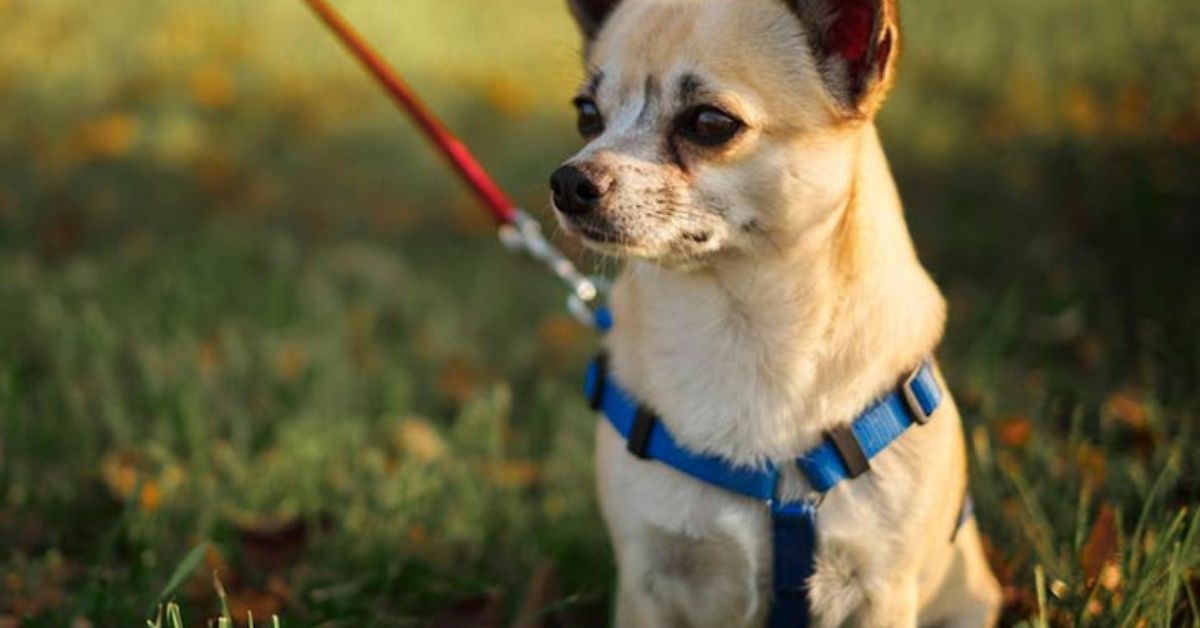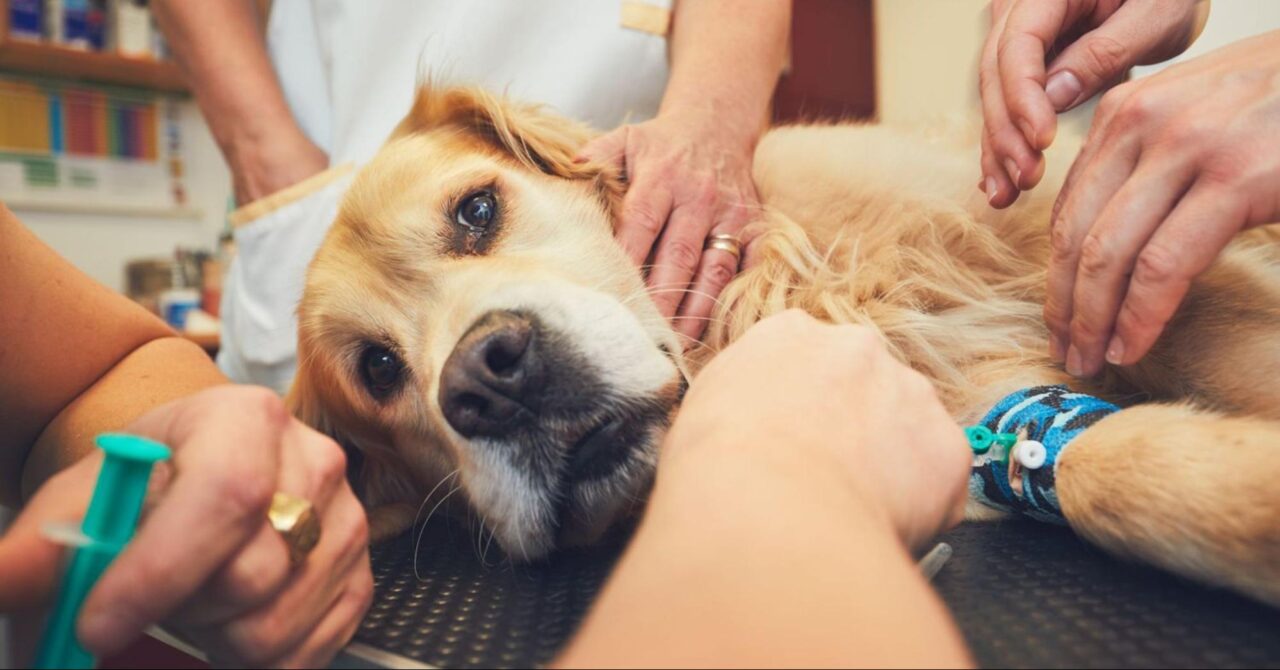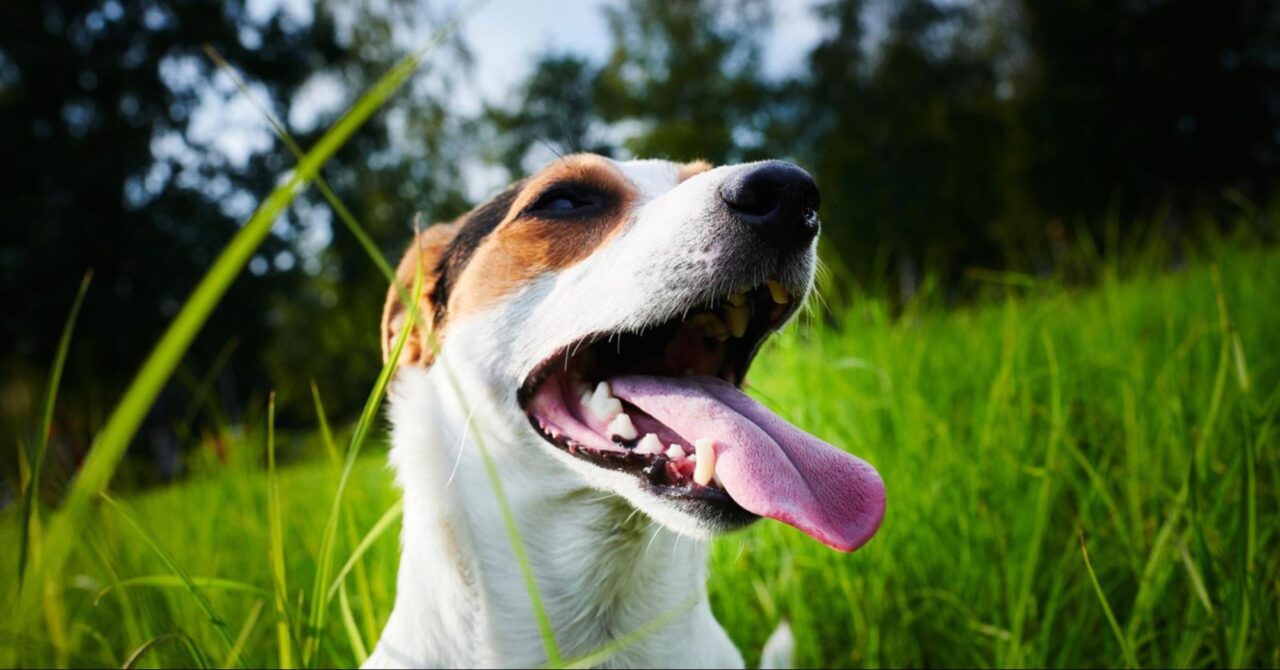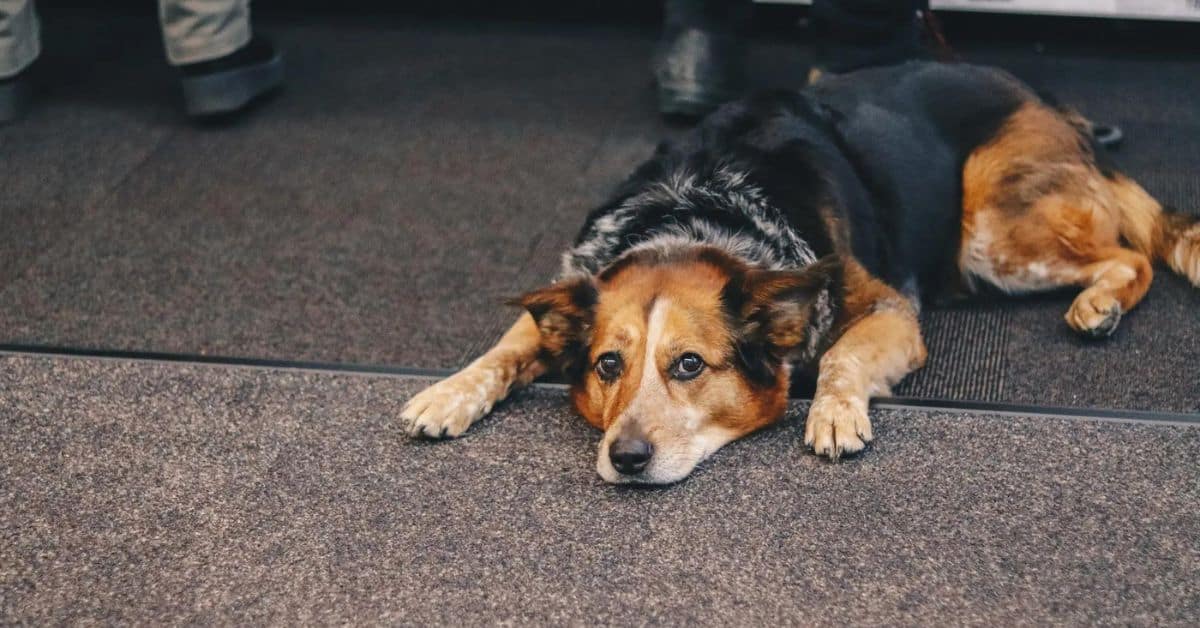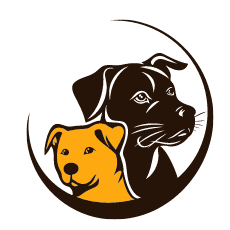Your Detailed Guide to Socializing a Reactive Dog! Do you find it difficult to control your dog’s reactive behavior? You’re not by yourself. Your go-to resource for comprehending, dealing with, and resolving reactive behaviors in dogs is this thorough handbook. We can help you with everything from locating triggers to putting into practice efficient training methods.
Through professional guidance and useful suggestions, you will discover how to assist your pet in developing into a self-assured and well-adjusted friend. With your dog, bid reactive behavior a fond farewell and welcome to a healthier, more harmonious partnership!
How to Socialize a Reactive Dog
Socializing a reactive dog, a dog who displays unwanted behaviors like barking or lunging at triggers like other dogs requires patience and positive reinforcement training methods. It’s important to identify your dog’s triggers, like other dogs or loud noises, and avoid situations that worsen their reactivity.
Start by creating positive experiences at a comfortable distance from triggers. This could involve rewarding calm behavior while watching other dogs from a window or park bench. An experienced trainer can help you develop a training plan that incorporates positive reinforcement techniques like treats and praise to gradually decrease the distance between your dog and their triggers.
Remember, socialization is a process, not a one-time fix, and professional guidance from a qualified dog trainer can significantly improve your dog’s comfort levels in social situations.
Help Your Dog Form Better Associations
Help Your Dog Form Better Associations by incorporating positive reinforcement techniques into your training plan. Lack of socialization can lead to reactive behaviors such as leash reactivity and aggressive behavior, but with proper training, you can help your dog overcome these challenges.
An experienced Trainer can guide you through the process, focusing on creating positive experiences during socialization efforts. By gradually exposing your dog to different stimuli at a comfortable distance and using rewards for calm, desired behavior, you can help them build confidence and develop better social skills. It’s important to be patient and consistent, celebrating small victories along the way.
With the right approach, even breeds known for their reactive response, like German Shepherds or Australian Shepherds, can learn to navigate social situations with ease. Remember to pay attention to your dog’s body language and comfort levels, and always prioritize their safety and well-being. By following expert tips and incorporating valuable techniques like desensitization, you can set your dog up for successful outcomes in future social situations.
Can My Reactive Dog Go Play With Other Dogs Now?
is a common question among dog owners dealing with reactivity issues. While socialization is essential for all dogs, it’s crucial to approach it with caution and patience, especially for dogs with a history of reactive behaviors. Before considering introducing your dog to other dogs, it’s essential to address any underlying issues through proper training and behavior rehabilitation.
Consulting with an experienced Trainer can help you develop a tailored training plan to work on your dog’s social skills gradually. By focusing on positive reinforcement techniques and creating positive experiences during training sessions, you can help your dog build confidence and overcome their reactivity over time.
However, it’s essential to understand that progress may take time, and each dog’s journey toward successful socialization is unique. Always prioritize your dog’s comfort levels and safety, and be prepared to intervene if necessary during social experiences. With dedication and consistency, your reactive dog can eventually enjoy social interactions with other dogs in a positive and controlled manner.
SocializeKeep your Dog and the World Around Them Safe While You
is paramount when working on their socialization process. Lack of socialization can lead to reactive behaviors such as leash reactivity or aggressive behavior, making it essential to prioritize safety during training sessions.

Enlisting the help of an experienced Trainer can provide invaluable guidance in navigating potentially stressful situations and ensuring positive outcomes. By implementing proper training techniques and focusing on positive reinforcement methods, you can help your dog build confidence and develop better social skills over time.
It’s crucial to be mindful of your dog’s comfort levels and to gradually expose them to new experiences at a pace that suits them. Additionally, understanding canine body language and knowing when to intervene can prevent negative experiences and setbacks in their socialization journey. With patience, consistency, and a keen eye for safety, you can help your dog navigate social situations with ease and enjoy a fulfilling life as a well-socialized canine companion.
The Importance of Socializing a Reactive Dog
The Importance of Socializing a Reactive Dog cannot be overstated. Lack of socialization can result in unwanted behavior, including leash reactivity and aggressive behavior toward other dogs or people. By exposing your dog to positive experiences in controlled settings, you can prevent their reactivity from worsening over time. An experienced Trainer can guide you through the socialization process, helping your dog build essential social skills and confidence.
Proper training techniques, such as positive reinforcement and trick training, are crucial in shaping your dog’s behavior and fostering a positive outcome. It’s important to pay attention to your dog’s comfort levels and body language during social experiences, ensuring they feel safe and secure. With patience and consistent effort, even breeds known for their reactive response, like German Shepherds or Australian Shepherds, can learn to navigate social situations with ease. A successful socialization journey can greatly improve your dog’s quality of life and strengthen the bond between you and your furry companion.
What Is a Reactive Dog? Signs and How To Help
Reactive dogs exhibit behaviors such as barking, lunging, or growling in response to specific stimuli, often due to a lack of socialization or past negative experiences. Signs of reactivity can include leash reactivity, where the dog becomes agitated or aggressive while on a leash, or displays unwanted behavior in social situations. To help a reactive dog, it’s essential to work with an experienced Trainer who can develop a tailored training plan. Positive reinforcement training methods and proper socialization efforts are key to addressing reactivity and fostering positive experiences.
By gradually exposing the dog to controlled social experiences and using techniques such as desensitization, you can help them build better social skills and overcome their reactive response over time. Understanding your dog’s comfort levels and body language is crucial in creating a positive outcome, and with patience and consistency, even breeds prone to reactivity, like German Shepherds or Australian Shepherds, can learn to navigate social situations with ease.
What Makes a Dog Reactive?
Reactive behavior in dogs can stem from various factors, including lack of socialization, past negative experiences, or genetics.

When a dog hasn’t been properly socialized or exposed to a variety of stimuli during puppyhood, they may develop reactive behaviors in unfamiliar or stressful situations. Leash reactivity is common, where the dog displays aggression or agitation while on a leash, often due to feeling restrained or protective. Additionally, past negative experiences, such as trauma or abuse, can contribute to a dog’s reactive response.
Certain breeds, like German Shepherds or Australian Shepherds, may be more prone to reactive behavior due to their genetic predisposition or high energy levels. Understanding a dog’s body language and comfort levels is crucial in addressing reactive behaviors, and working with an experienced Trainer can help develop a tailored training plan to address these issues. Through proper socialization efforts, positive reinforcement training methods, and patience, reactive dogs can learn to overcome their reactive tendencies and lead fulfilling lives alongside their owners.
How To Use Your Dog Reactivity Chart
How To Use Your Dog Reactivity Chart effectively involves consistent tracking and analysis of your dog’s reactions to various stimuli. Start by creating a simple chart where you can record the date, trigger, intensity of reaction, and any contextual factors. Pay close attention to your dog’s body language and emotional responses during these incidents. Over time, you’ll begin to identify patterns and trends, such as specific triggers that consistently provoke reactive behaviors or environments where your dog seems more relaxed.
Use this information to tailor your training sessions and exposure exercises to gradually desensitize your dog to their triggers. Collaborating with an experienced Trainer can provide valuable insights and guidance in interpreting your dog’s reactions and developing an effective training plan. By consistently using your reactivity chart and adjusting your approach based on the data collected, you can help your dog build better-coping mechanisms and ultimately improve their social skills and overall well-being.
How do I stop my dog from being reactive to other dogs?
Addressing reactive behaviors towards other dogs requires patience, consistency, and proper training techniques. Start by working with an experienced Trainer who can assess your dog’s behavior and develop a personalized training plan. Positive reinforcement training methods are particularly effective in modifying reactive behaviors, as they focus on rewarding desired behaviors while ignoring or redirecting unwanted behaviors.
Gradual desensitization to other dogs in controlled environments can help your dog build confidence and learn to associate positive experiences with canine encounters. Additionally, practicing obedience commands and maintaining a safe distance from other dogs during walks can prevent triggers and reduce reactivity. By providing your dog with plenty of positive experiences and guidance from a professional Trainer, you can help them overcome their reactive response and enjoy social interactions with other dogs more comfortably.
Is it ever too late to socialize a dog?
No, it’s never too late to socialize a dog, but the process may require more time and patience, especially with older dogs. While the critical socialization period for puppies is typically between 3 and 14 weeks of age, adult dogs can still benefit from socialization efforts. However, it’s essential to approach socialization with care and understanding, particularly if the dog has had limited exposure to new experiences or has developed fearful or reactive behaviors.
Adult dogs may take longer to adjust to new situations, and some may have ingrained habits that require extra attention to modify. It’s crucial to go at the dog’s pace, gradually introducing them to new people, animals, and environments while providing positive reinforcement and support. With consistency, patience, and the right approach, many adult dogs can learn to overcome their fears and become more comfortable and confident in social settings. Consulting with a professional dog trainer or behaviorist can also provide valuable guidance tailored to the individual dog’s needs.
How do I introduce my reactive dog to another dog?
Introducing a reactive dog to another dog requires careful planning and a gradual approach to ensure a positive experience for both dogs. Start by choosing a neutral and controlled environment for the introduction, such as a quiet park or a spacious backyard. Keep both dogs on leashes to maintain control and prevent any potential conflicts.
Begin the introduction at a distance where both dogs can see each other but are not within direct contact range. Monitor their body language closely for signs of tension or aggression, such as stiff posture, raised hackles, or growling.
As they become more comfortable, gradually decrease the distance between the dogs while continuing to observe their behavior. Use positive reinforcement techniques, such as treats and praise, to reward calm and relaxed behavior.
If either dog shows signs of stress or discomfort, calmly separate them and give them space to relax before attempting another introduction. Remember to be patient and take things at a pace that is comfortable for both dogs and consider seeking guidance from a professional trainer if needed.
For More Information
We have a ton of information regarding what foods, from popular snacks to fruits, are healthy or harmful for your dog. You might also be interested in “Why Is My Dog Breathing Heavy?“
Conclusion
Addressing a dog’s reactive behaviors requires dedication, patience, and the right approach. With proper training techniques, positive reinforcement, and guidance from experienced Trainers, dogs can overcome their reactivity and enjoy positive social interactions. By understanding their triggers and providing them with the necessary tools and support, we can help our canine companions lead happier, healthier lives as well-adjusted members of our communities.
FAQ
Can a reactive dog be socialized?
Although it might be helpful to socialize a reactive dog, it’s important to protect both their safety and other people’s safety. They can develop confidence by being gradually exposed to new events, stimuli, and places, but this should always be done in supervised settings with a qualified expert.
Is it ever too late to socialize a dog?
It’s never too late to socialize your dog, in actuality! Although it’s ideal to begin socializing your dog as soon as possible, there’s never a bad time to get started.
How do you desensitize a reactive dog?
Linking a positive stimulus to a trigger is the first step in desensitizing your dog. Before progressively introducing the trigger into your dog’s immediate environment, start small and at a safe distance. List all of your dog’s triggers, ranging from the most severe to the least.



